Dongcheng District, Beijing, China
We had a much needed 3-week holiday from school and work! All 4 of us were exhausted from everything we had been through since moving to Beijing in August. We didn’t leave for our holiday right away, allowing a few days to relax. It also allowed us to explore Beijing on a Monday with less tourists. Both girls are beginning to get tired of ‘too many temples’, so we were careful to have other incentives like McDonald’s for lunch. A balance between the Western fast food and the history of ancient China!
The Temple of Heaven was built in 1420 with a total area of 270 acres. It is the largest building for religious worship in China, which was originally used by the Ming and Qing emperors to pay homage to Heaven and to pray for a year of rich harvest.
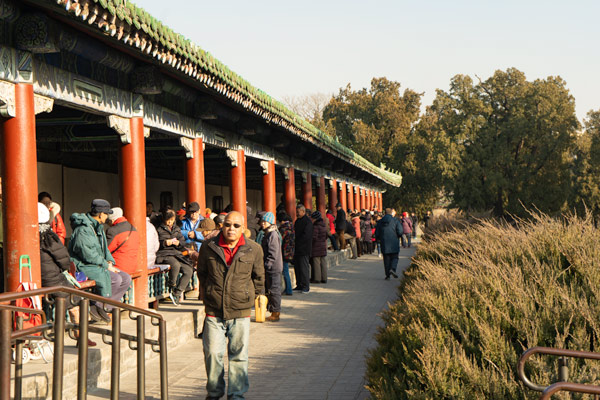
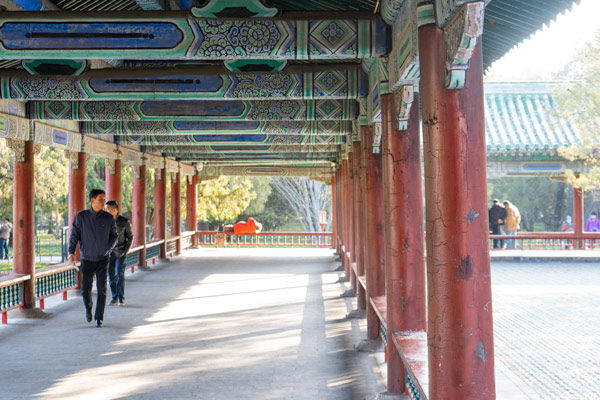
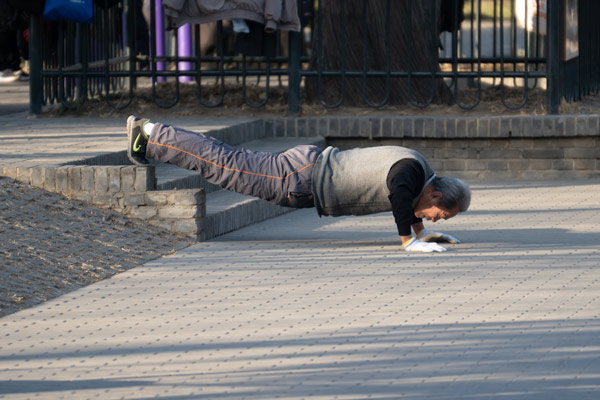
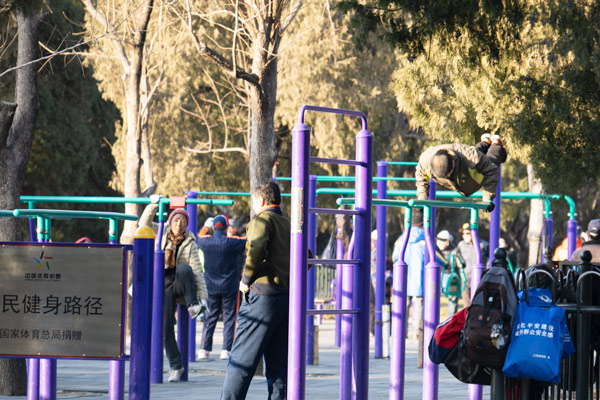
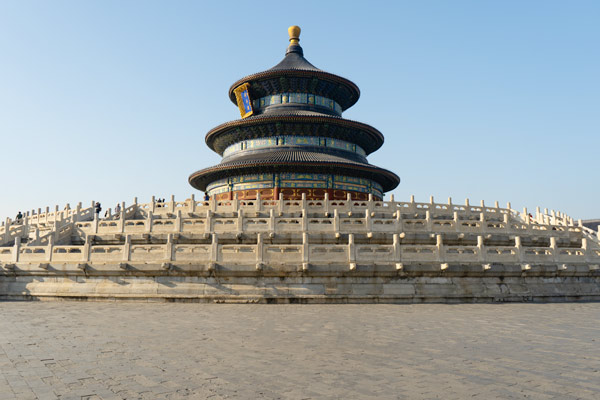
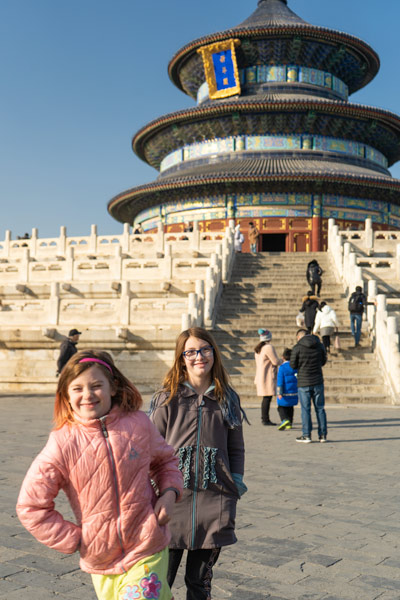
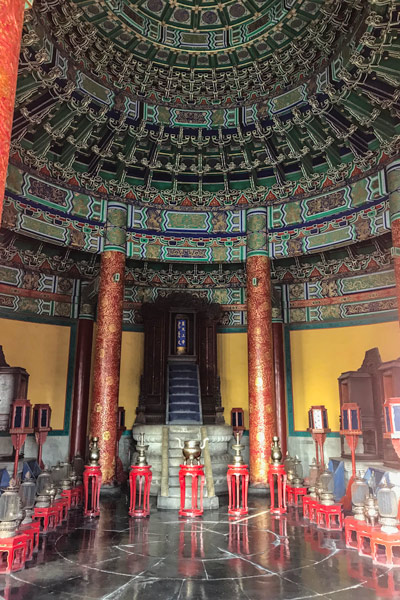
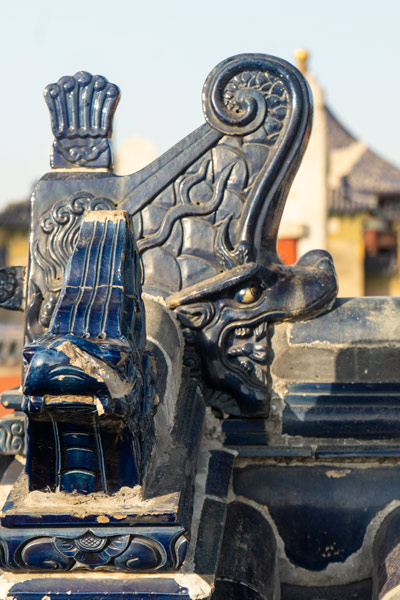
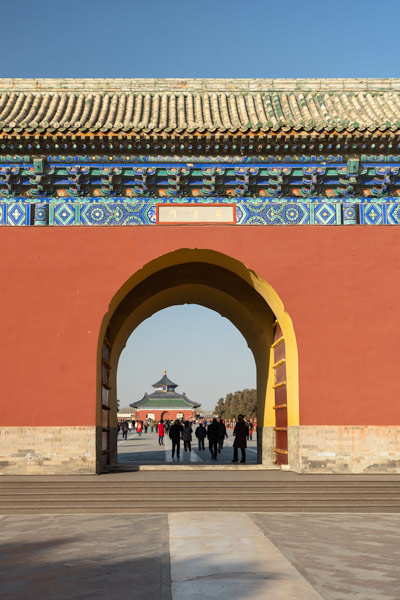
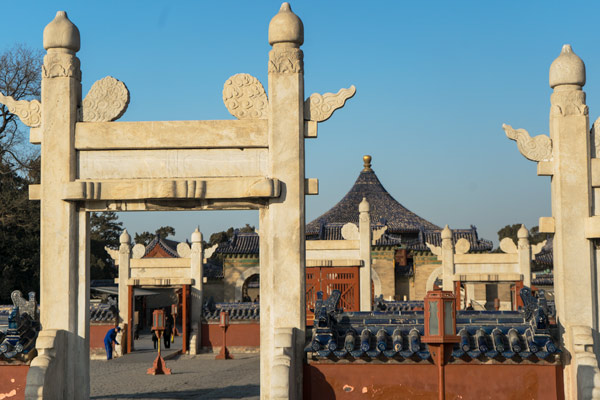
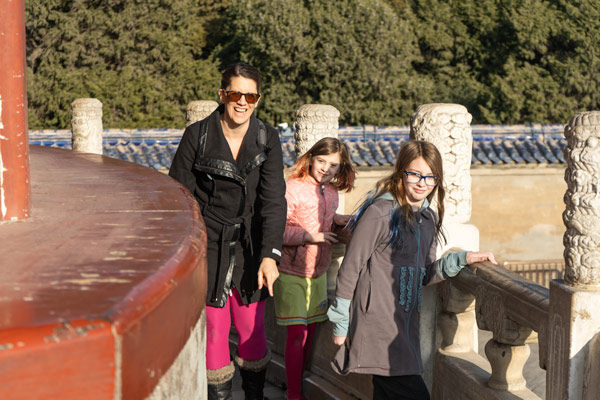


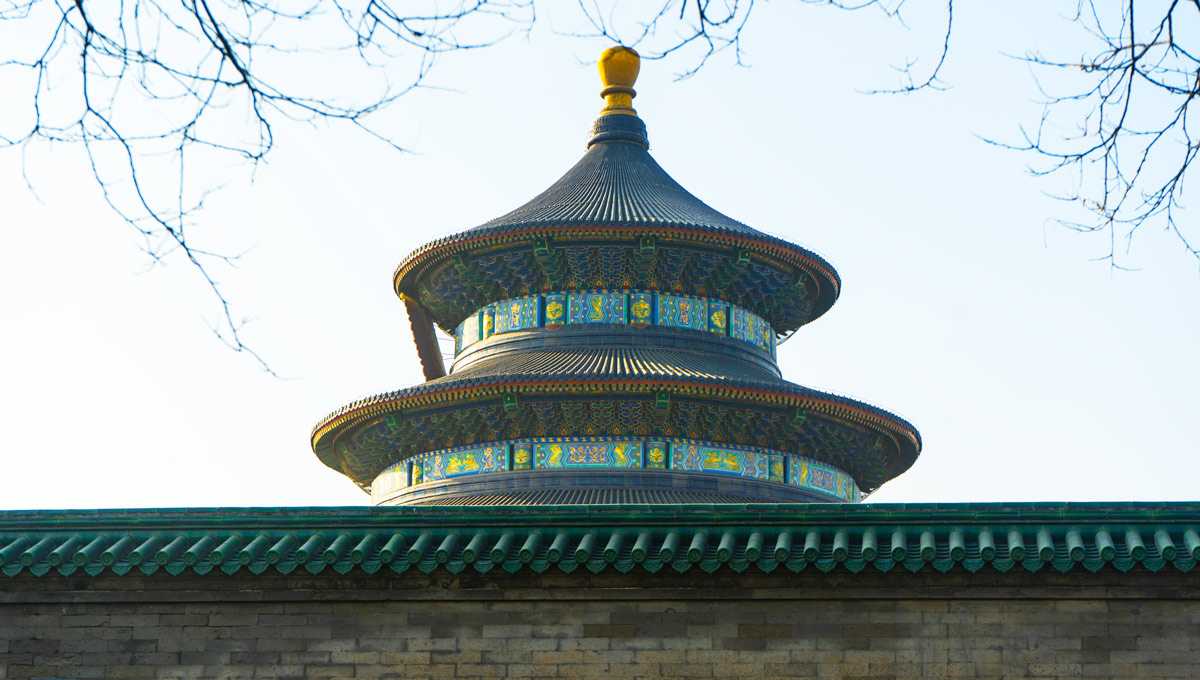
Thank you for your reading. Join the conversation by posting a comment.